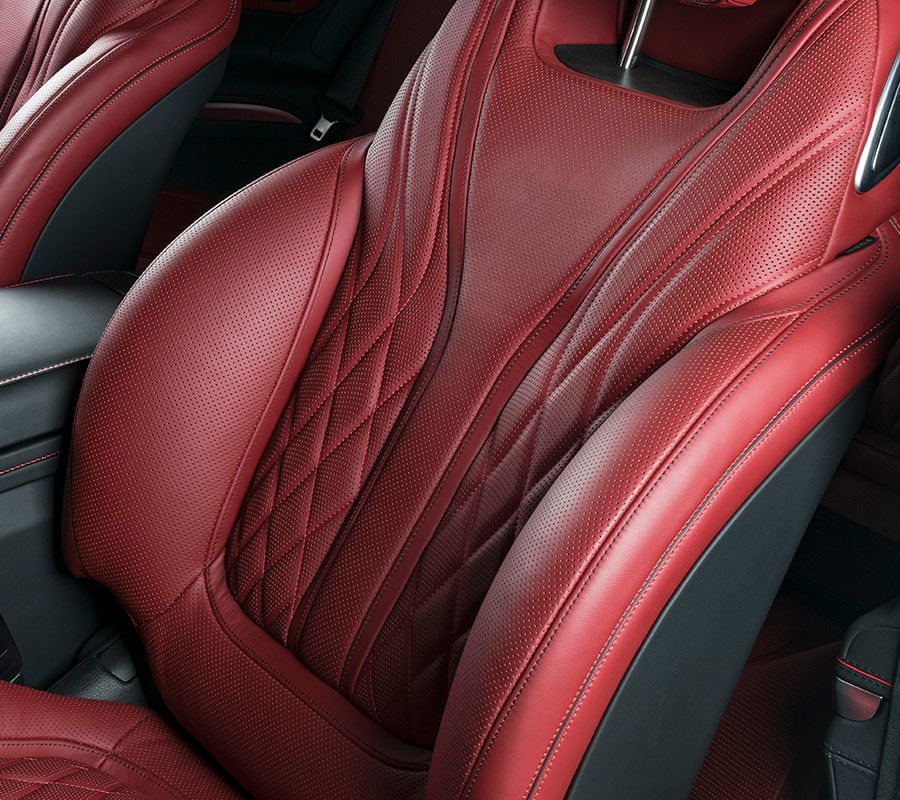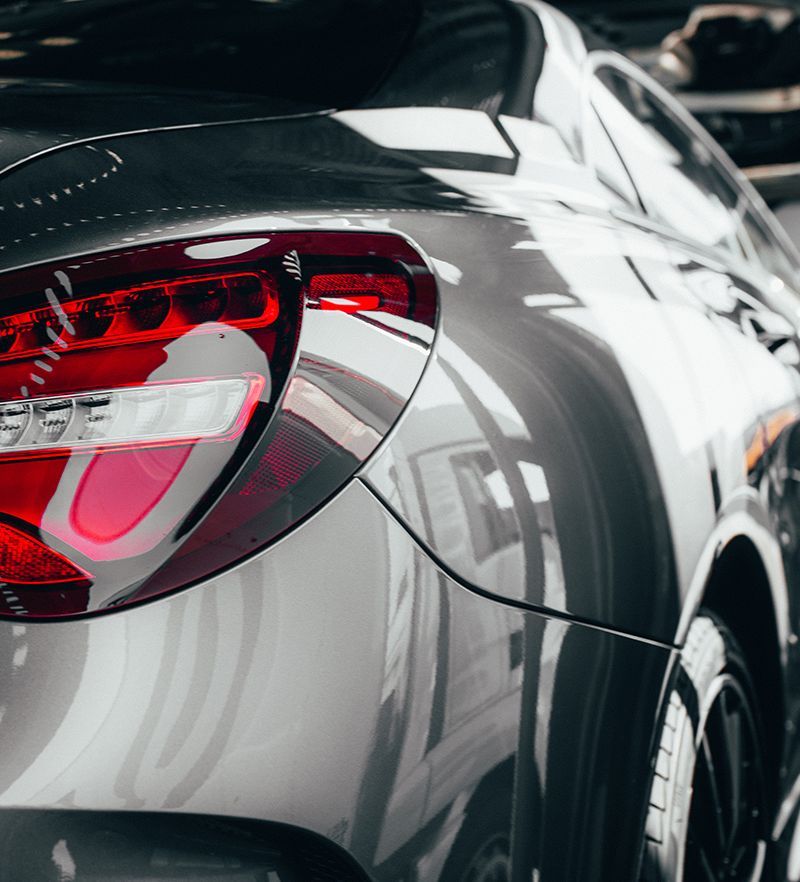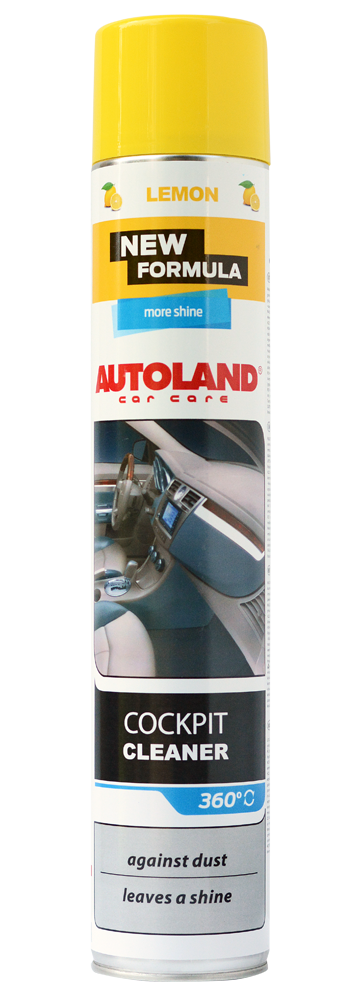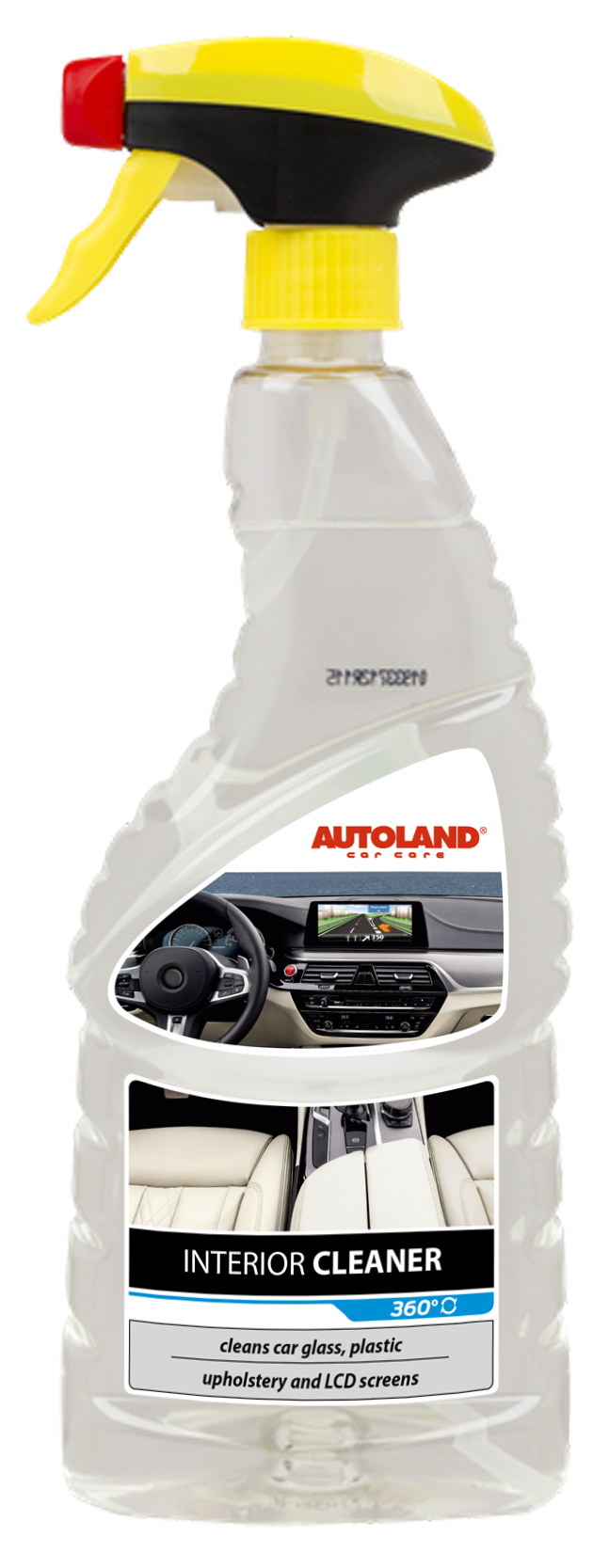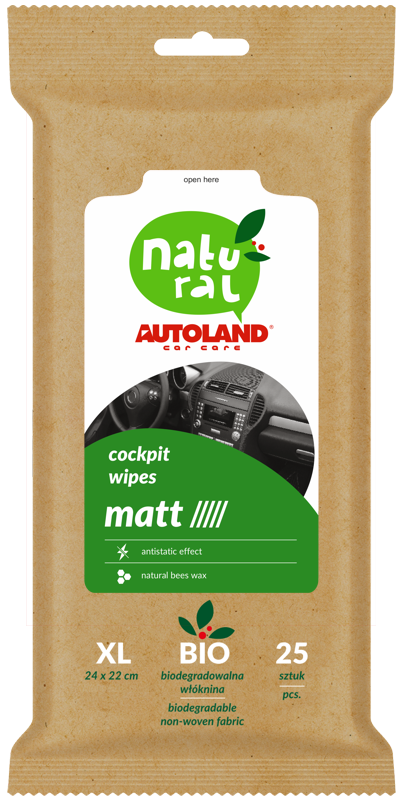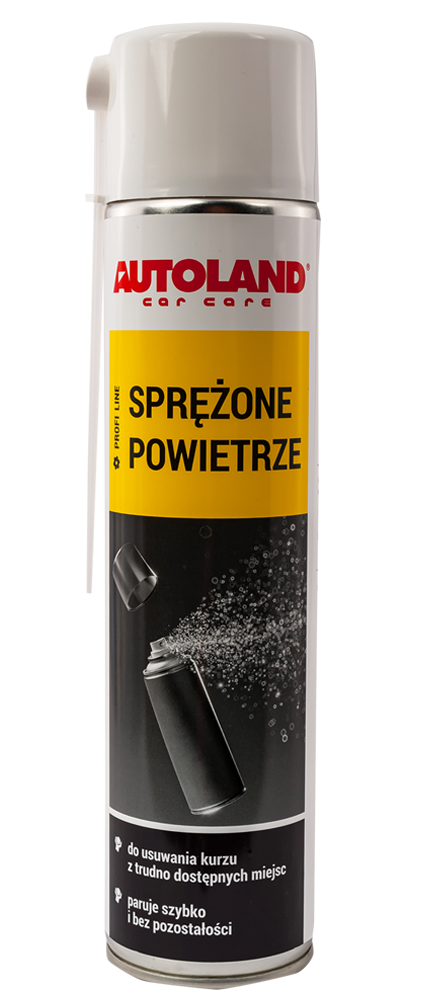Topics:
- Cleaning the dashboard and other plastic in the car interior
A layer of dust and grease on the dashboard and plastic in the interior of your car is neither aesthetically pleasing, safe, nor healthy. How and with what to effectively clean and maintain plastic in your car ?
First, an interesting fact: modern cars are made of about 50% plastic, although it is only about 10% of a car’s weight. A lot of plastic surrounds us in the cabin – and there will be more and more, as environmental considerations now motivate manufacturers to replace natural leather upholstery with a so-called synthetic leather substitute.
In theory, cleaning plastic is no challenge – just an old T-shirt and glass cleaner or soap. Unfortunately, only in the short term: household detergents with alcohol can discolour plastic, and those with vinegar and acetone can have a negative effect on rubber and decorative metal trim. Many cars today have eye-catching rubberised surfaces, which in practice turn out to be very delicate and demanding – all the more reason not to use household cleaners. Dishwashing liquid is not an option either. First of all, you have to rinse it off, and secondly, it doesn’t leave an anti-static layer to reduce the build-up of dust.
It is worth to travel in a clean car. A dusty dashboard increases the fogging effect on your windscreen, which reduces vision and safety, and is also unfriendly for allergy sufferers. In addition, dirt that has accumulated over many years is difficult to remove, especially on surfaces that are frequently used, such as door handles or the upholstery of the centre pillars where the seat belt slides.
For this reason, it’s best to do the cleaning on a regular basis – spend a few minutes once every few weeks cleaning and maintaining, rather than doing a big clean once or twice a year. In this way, we prevent the accumulation of annoying dirt, and the plastic is more resistant to dust resettling and aging, so it will look “like new” for longer.
How and with what to clean the car’s plastic
A wide range of products for cleaning the dashboard and other plastic in the car interior allows you to match them to your own possibilities in terms of time, money and, of course, the amount of dirt.
When choosing, it is a good idea to pay attention to the content of the label and opt for a product that does not contain solvents. For cleaning and care of plastic, you will need several microfibre cloths with fine or medium fibres; it is best if they are not too large, they are more handy to use in hard-to-reach places.
[produkt_1]
For cleaning and maintenance of moderately dirty plastic you can choose a 2 in 1 product – such as our spray, foam, milk or cream. All have good cleaning properties, leaving a non-greasy, protective coating. At the same time, their anti-static formula reduces the re-settling of dust. The differences between them concerns the type of finish, gloss or matt, all leaving a nice smell after treatment.

Delicate foam can be applied easily over a large area of plastic…

…whereas a thicker cream works better on surfaces with more demanding textures.
The basic rule: the chosen product should be applied on the microfibre or soft clean cotton cloth not directly on the surface – otherwise you risk overspraying the surrounding surfaces. Then just wipe the plastic gently and firmly (repeat if necessary). Importantly, our products are safe not only for plastic but also for metal, wood and carbon fibre elements.
[produkt_2]
It is worth to remember to clean plastic parts of door panels as well as door trim and switches. Smooth surfaces should be re-wiped with a soft clean cotton cloth.
If your car’s interior is more heavily soiled, you can use our dedicated multipurpose Interior Cleaner (which is also suitable for cleaning glass and upholstery, including Alcantara, and LCD screens). It is definitely worth having in your car while travelling. To effectively clean rough-textured plastics, you can use it in combination with a soft-bristled brush, for example, and for small switches or crevices a cotton bud will come in handy.
The interior cleaner will also work well on surfaces that are in contact with the driver almost all the time – the steering wheel, the pedals and the rubber floor mats. For your safety, remember not to clean with any type of product which leaves a slippery surface.

A great combination for cleaning challenging areas – an interior liquid and useful cleaning bud.
Caution! Plastic does not like either aggressive chemicals or aggressive applicators, so under no circumstances should you use brushes or kitchen scrubbers, whose rough side can easily scratch the surface. Sponges, on the other hand, may crumble.
[produkt_3]
For immediate needs, for example to wipe off dust from the dashboard while waiting in line for a car wash or to “quickly” clean the interior after a long journey, our cockpit wipes, available in different versions would be perfect. You can choose between a glossy or matt effect. Just one large wipe is enough to clean a large area; it also contains beeswax that preserves, leaving an anti-static surface.

Our handy cockpit wipes easily kept in your car
Wipes, creams and balms for cleaning and care of plastic are also ideal for the maintenance of artificial leather. Increasingly, it is not only used on seats but also on dashboards. Artificial leather, just like natural leather, needs impregnation to keep it moisturised and more resistant to daily usage. It is quite susceptible to damage, so it needs gentle cleaning and care products and using suitable applicators without intensive rubbing with a rough sponge or brush.
[produkt_4]
Useful tips
Compressed air will also come in handy for cleaning plastic in the cabin, allowing you to blow out excess dirt from hard-to-reach places, such as air vents.


Compressed air makes it easy to clean hard-to-reach nooks and crannies.
Discolouration (such as alcohol stains) and scratches are a challenge. First of all – when cleaning with a mild detergent does not work – it can be “covered” by glossing. After a few weeks of regular application of a covering preparation (called dressing) with a satin or glossy finish, the discolouration might be reduced.
[produkt_5]
Another way to reduce visual damage to the plastic in the interior of your car is to polish with a fine rubbing compound (or a dedicated polish for plastic). It is advisable to first test the effect of the product on an unseen part of the plastic.



Fine rubbing compound can help to remove shallow scratches and deeply embedded dirt. A sponge applicator can be used for polishing instead of microfibre.
Może Cię również zainteresować:
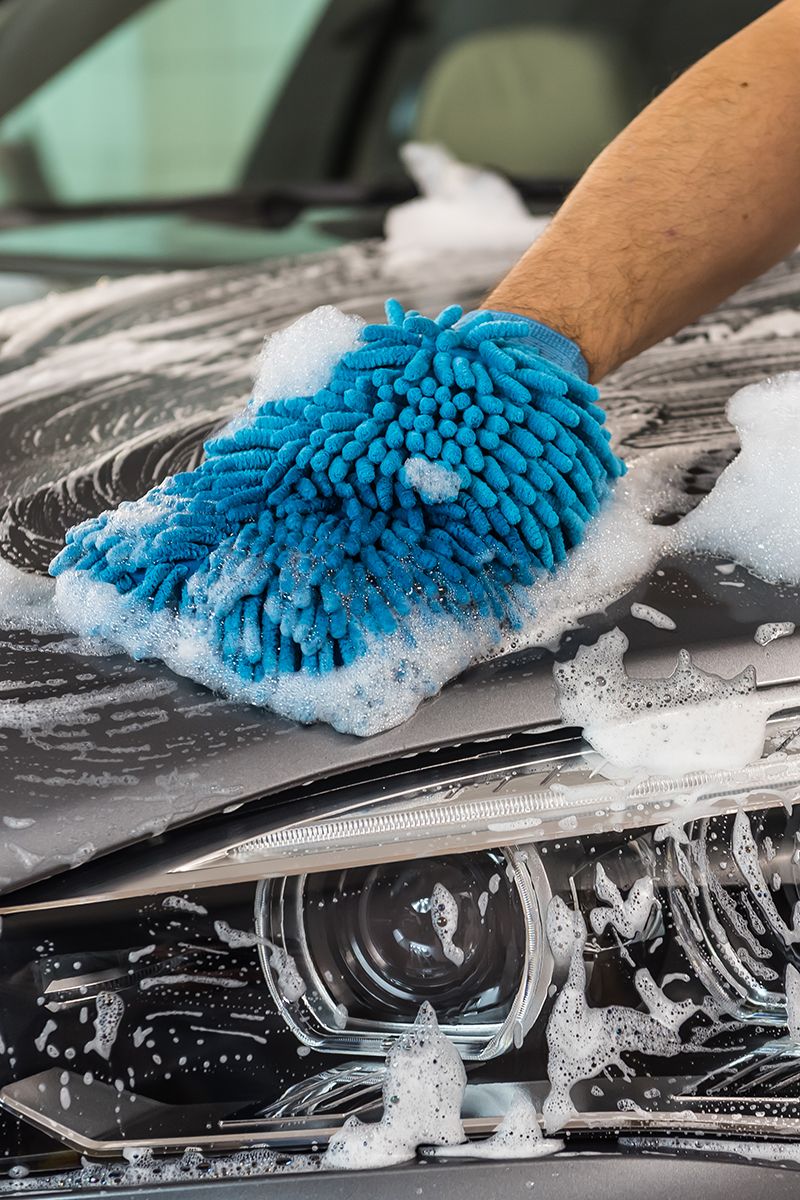

DO-IT-YOURSELF - Car body washing step by step
It should be no rocket science – water, shampoo, sponge and off you go. But washing the exterior of your car means following certain rules, too. Otherwise you can damage the paint and... waste your time.
Please, make sure you know exactly what to do before cleaning your car!
